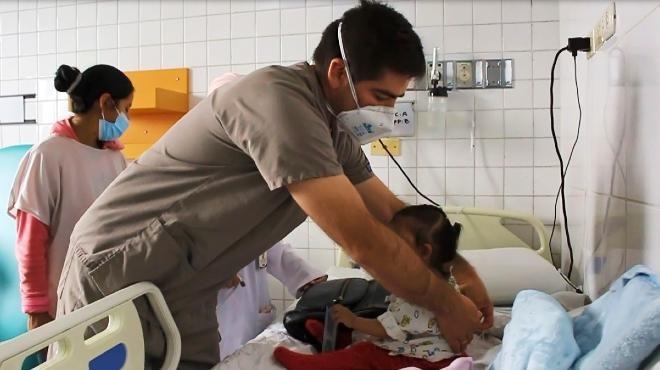Prevalence of complicated pneumonia in hospitalized pediatric patients at José Carrasco Arteaga Hospital, January 2014 to December 2017 Original Research
Main Article Content
Abstract
Introduction: Complicated pneumonia represents a health problem in the pediatric population. An acute respiratory disease, it is the main cause of hospital morbidity and mortality in this population, requiring timely diagnosis and treatment. The objective of this study was to determine the prevalence of complicated pneumonia in hospitalized patients of the pediatric service of the Hospital José Carrasco Arteaga in the city of Cuenca from January 2014 to December 2017.
Methodology: This is a cross-sectional descriptive study of Pediatrics and Pediatric Intensive Care patients from January 2014 to December 2017. Descriptive statistics were used for the analysis and the data were tabulated using SPSS 15.0 software.
Results: The prevalence of complicated pneumonia was 28.8%. There was a predominance of males (56.4%), the largest age group was 0 to 3 years (43.6%), and the population came mostly from urban areas (58.9%). Malnutrition was found in 51.1%, and the most common comorbidities were respiratory, at 12.4%. Most (54.6%) required hospitalization for 5–9 days, and the most widely used antibiotics were beta-lactamic (85.8% of cases). The most frequent complication was bacteremia (43.2%) and mortality reached 8.1%.
Conclusions: The prevalence of complicated pneumonia was high, with a predominance of bacteremia treated with beta-lactams; the majority of patients were male, under 3 years of age, and had malnutrition.
Downloads
Article Details

This work is licensed under a Creative Commons Attribution-NonCommercial 4.0 International License.

